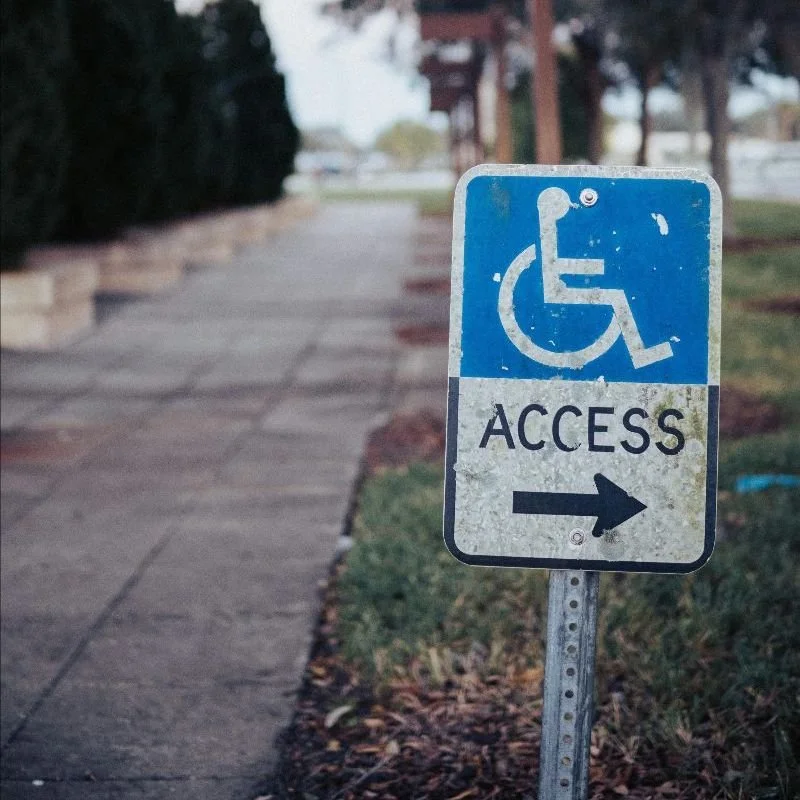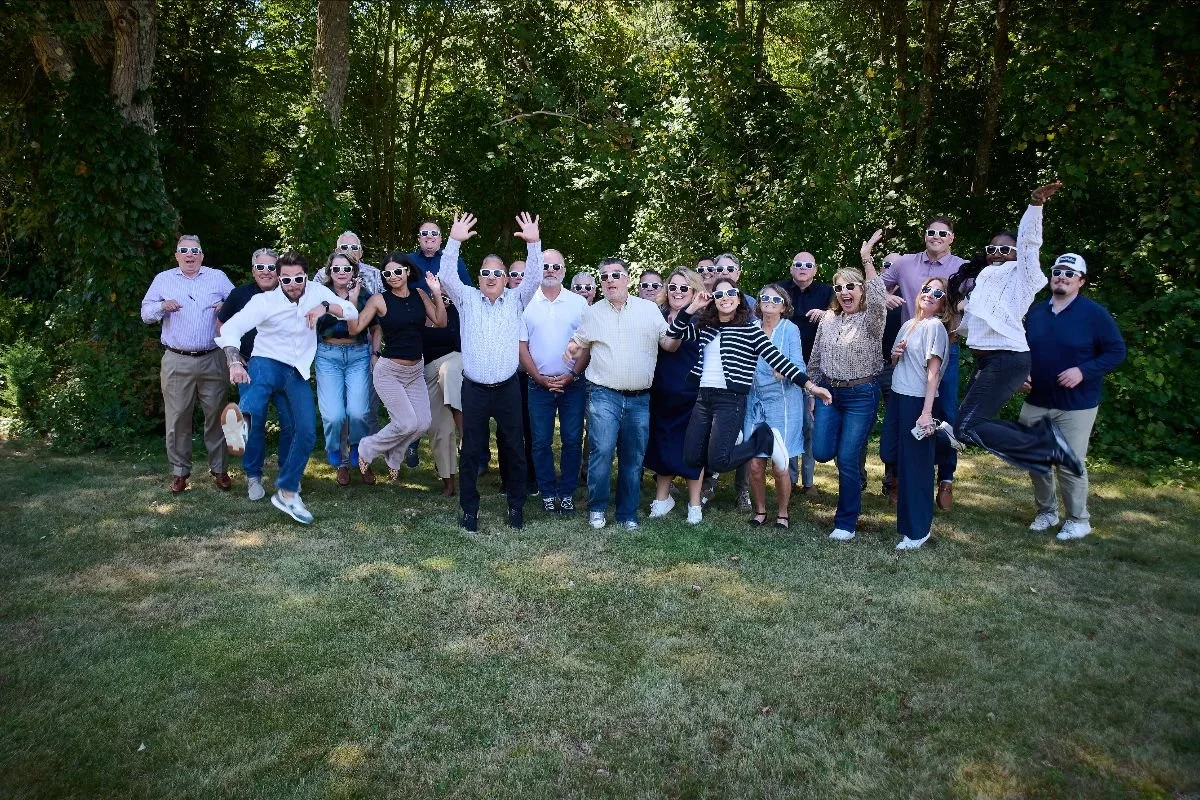New Construction Projects
Highlighting Accessibility Opportunities
New construction (as opposed to renovation) presents a host of opportunities. One of those opportunities is the ability to incorporate accessible design in an intentional and deliberate way. One such example of this is the Royal Canadian Legion Branch 126 in Cambridge, Ontario, which sheds light on how accessibility in construction is both a moral and practical imperative. The branch is planning to demolish its existing building and rebuild a new one, citing serious accessibility inadequacies in the current facility. The existing two‐story building has reportedly created obstacles for members with mobility issues. The branch president described the constraint of navigating between floors and the cost-ineffectiveness of “band-aid” repairs. Instead of spending money on partial fixes, the decision was made to invest about three times the cost in a fully accessible replacement.
Why does this matter? In construction and built environment design, accessibility isn’t just about compliance (ramps, wide doorways, elevators); it encompasses thoughtful planning so that people of all abilities can use and enjoy the space equitably. The Royal Canadian Legion Branch 126 project is compelling because it signals a shift from retrofitting constraints to building inclusively from the ground up.
A few key lessons emerge:
Inclusive design must be planned, not added on. The branch’s recognition that doing only partial upgrades would still leave major barriers is instructive. Planning a new build allows accessibility to be integrated into layout, circulation, entrances, floor levels, and amenities.
Long‐term investment pays off. The decision to rebuild now rather than postpone means the building will serve future generations with full accessibility in mind - emphasizing the benefit for future members.
Budgeting for accessibility matters. The increase in cost is non‐trivial. But the value of a space that serves all users likely outweighs the incremental investment. From a facilities planning perspective, deferred inclusive upgrades often cost more.
Visibility of underserved voices. The fact that this issue is being raised by a membership organization reminds us that accessibility affects real communities - veterans in this case, many of whom likely have mobility, sensory or age‐related needs.
This also resonates with broader trends in the construction industry. For example, professionals are increasingly hosting workshops under themes like “Rethinking Accessibility Through the Architecture of Occupation,” showing that the industry is moving toward more human‐centered inclusive design beyond mere code compliance.
In both the U.S. and Canada, accessible design in new construction is gaining higher priority. Governments and facility owners are recognizing that buildings must do more than meet minimum standards; they should proactively ensure full user participation. The Royal Canadian Legion Branch 126 rebuild is a case study in how this might look in practice.
When a building project puts accessibility front‐and‐center by planning from scratch rather than retrofitting, it becomes both a symbol and a practical model of inclusive construction. For others in the industry, the takeaway is clear: integrate accessibility early, budget appropriately, and design for all users from day one.
Interested in reading more about accessibility opportunities in new construction? Check out this article from Modlar, titled "Why Accessibility Design is an Emerging Trend in Commercial Architecture".
Designer Monologues the Podcast from IIDA New England with your host Brett Berry is officially LIVE! On this show, we share the stories behind the design of repurposing, developing, and reshaping our communities. Incubated from the minds and skills of New England’s talented design community, you’ll hear how visual inspiration can come from nature, our history, current trends, and more as we take you on a story-telling journey behind design.
Check out all of the episodes here!
Stay tuned for the next President's Message in December!
Be sure to check in with the IIDA New England calendar for upcoming events offered in our community. Here's a sneak peek at some upcoming events:
Monday, December 1 - Friday, December 5
Wednesday, December 10
Thursday, December 11
Tuesday, December 16
Do you have an idea that you would like to share with the design community or see highlighted here in The Wire? Share your ideas here.
Company Name: Matter Surfaces
Company Establishment Date: 1971
Company Description: Matter Surfaces is a leading national provider of high-performance surface solutions, offering a comprehensive portfolio of commercial flooring and architectural products tailored for a wide range of markets—including corporate, education, healthcare, hospitality, and retail. With a commitment to innovation, sustainability, and customer partnership, Matter Surfaces delivers expertly curated product lines and consultative support to architects, designers, and contractors across the United States. Through our portfolio of trusted brands, Matter Surfaces empowers the creation of spaces that perform, inspire, and endure. To learn more, visit https://mattersurfaces.com/.
Company Mission Statement: Matter Surfaces strives to create world class customer experiences by providing service and operational excellence along with high quality, sustainable entrance system and flooring products.
Company Products / Services:
Matter Surfaces is a design-driven provider of commercial flooring and entrance systems, proudly championing sustainable materials and practices. Our product offerings include:
Bolon: BIO-sourced woven resilient flooring
Dimension: PVC-free commercial floor coverings
Arrival: Entry and matting solutions for safety and wellness
Logo Matting: Branded entrance and walk-off mats for lasting impressions
Formative: Multi-format roll, plank, and tile vinyl flooring
Play: Multi-purpose fitness and weight room flooring
Mats Inc.: Core matting and flooring solutions
New England Locations: Matter Surfaces Corporate Headquarters, 179 Campanelli Parkway, Stoughton, MA 02072
New England Contacts: David Cassady, Senior Architectural Specialist, dcassady@mattersurfaces.com, 781-962-7362
What is the best part of being an IIDA NE Chapter Sponsor? From David Cassady: “It’s the sense of community and willingness to help others that drew me to this organization over others in our market. What makes it even more rewarding is supporting a group that champions the interior design field and uplifts everyone — from junior designers to principals.”
Follow IIDA New England on social media and visit our website to keep up with the latest and greatest!








